by Louise Irvine
During lockdown, the more fortunate among us have found solace in our gardens, whether it be a patch of paradise in tropical Florida or a spring garden bursting into bloom in the north. For more than a century, the Royal Doulton Potteries have helped embellish gardens and conservatories with terracotta statuary and urns. Explore our secret garden at WMODA.
“A piece of terracotta wrought by human hand is worth all the stone in Carrara cut by machinery.” John Ruskin
Terracotta is the ideal material for gardens being made of the earth from which all plant life springs. It brings warmth, naturalness and great decorative potential to any garden. As a container, terracotta is perfect for the well-being of the plant. It retains water yet being porous it allows evaporation which lets the plants breathe and keeps the roots cool. In the formal gardens of the Victorian era, terracotta replaced stone for the classical style statuary that dominated the terraces and parterres. Inspiration was derived from Italian gardens of the Renaissance era, which sought to recreate the enchanted gardens of Greek mythology. Golden apples grew in the aromatic Garden of the Hesperides which was tended by evening nymphs. The Three Graces, who represent charm, beauty and creativity, are often shown in a blissful garden setting along with classical maidens symbolic of the Four Seasons.
A drawing from the 1840s of Doulton’s first pottery in Lambeth shows a courtyard crammed with terracotta sculptures and garden vases. Throughout the 19th century, Doulton’s catalogs featured classical muses, nubile nymphs and playful cherubs modeled by leading artists, such as John Broad and George Tinworth. The terracotta statue at WMODA depicting Cupid, the god of love, riding on a dolphin was originally conceived by Tinworth as part of a fountain shown at the 1876 Centennial Exhibition in Philadelphia. The fountain, which stood 8 feet high, comprised a trio of cupids astride dolphins, each slightly different, and interspersed with swans preening their feathers. In art, Cupid is often shown riding a dolphin symbolizing his mother’s origins in the sea, and this became a playful subject for fountains.
Water and fountains are the soul of gardens. Water has a deep cultural and philosophical hold over us and its ability to support life and to cleanse away dirt has made it a symbol of spiritual life in almost every religion. Its aesthetic attraction is also immensely strong. Still water leads to contemplation while moving water stimulates.
Lions have been used as fountain heads and garden ornaments since ancient times. The ancient Egyptians used lions to symbolize the inundation of the Nile, which happens when the sun is in Leo. The Greeks and Romans later adapted the same device for their fountains. In classical mythology, the winged body of a lion was combined with the head and breasts of a woman to create the Sphinx. She was portrayed as a guardian but was treacherous and merciless, devouring all travelers who could not answer her riddle. The name Sphinx comes from Arabic and means “the terrifying one”. Maybe she’s not the most welcoming subject for the Doulton terracotta garden bench at WMODA!
The massive Royal Doulton terracotta lion at WMODA was designed originally by John Broad to flank memorial statues of Queen Victoria when she died in 1901. A surviving statue with lions in Newbury Park, Berkshire was presented to the town in 1903 by “Lord” George Sanger, a circus showman. The unveiling took place on the wedding day of his daughter and she toured the town with a lion on a chain in one hand and a lamb on a white ribbon in the other.
By the late 19th century, natural gardens were replacing the formal Italianate style. Gardens of the Arts and Crafts era were inspired by wild countryside, woodland glades, and uncontrived cottage gardens. Terracotta bird baths replaced ornate playing fountains and classical muses gave way to coy child studies with sentimental titles such as The Pet or The Wounded Bird. What could be more appropriate in the new, natural style of garden than a visiting rabbit, squirrel or fox naturalistically portrayed in terracotta. Doulton catalogs of the Art Deco era feature a selection of animals along with playful pixies and elves.
Garden gnomes became particularly popular in 1920s Britain when suburban housing development offered gardens to many more families. The invasion of plastic gnomes in the post war era became a national joke and have tended to overshadow the deep-rooted belief in gnomes as primeval earth spirits. In folk traditions, Gnomes are distant memories of a more primitive people, dark and diminutive, driven away into the mountains and forests by their more advanced successors.
Over the centuries many have believed that fairies really do live at the bottom of the garden at the edge of the dark woods – do you believe? Kensington Gardens in London is enchanted, according to J. M. Barrie in his 1906 book Peter Pan in Kensington Gardens. The fairies come out to play when the park is closed at night. The Cottingley photographs, taken by two girls in 1917, purported to show fairies dancing in their garden. The hoax photographs were validated by Sir Arthur Conan Doyle, the author of Sherlock Holmes, whose book The Coming of the Fairies in 1922 featured fairy sightings all over the world. In the absence of live fairies, enchanted gardens in the Art Deco era were filled with terracotta pixies and elves. See for yourself at WMODA.
Read more about the Cottingley Fairies...
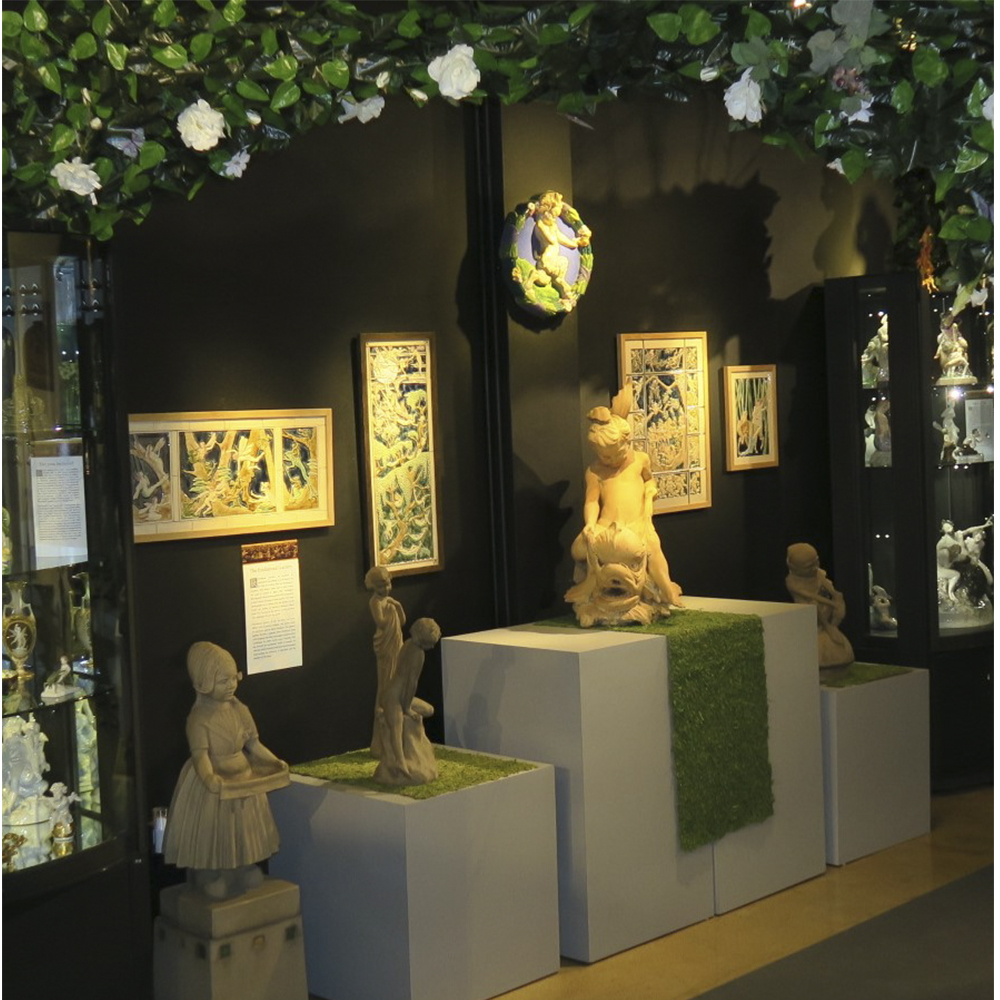
Fantastique Secret Garden at WMODA
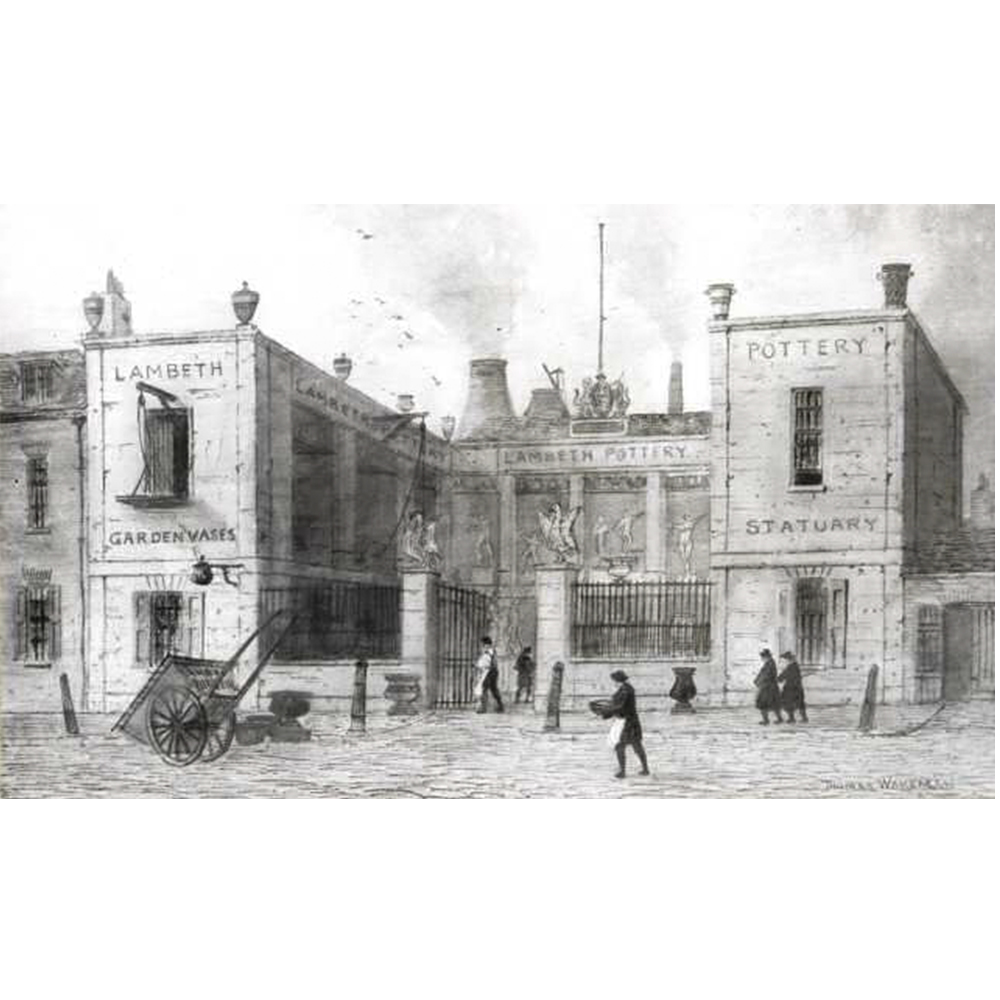
Doulton Lambeth Pottery
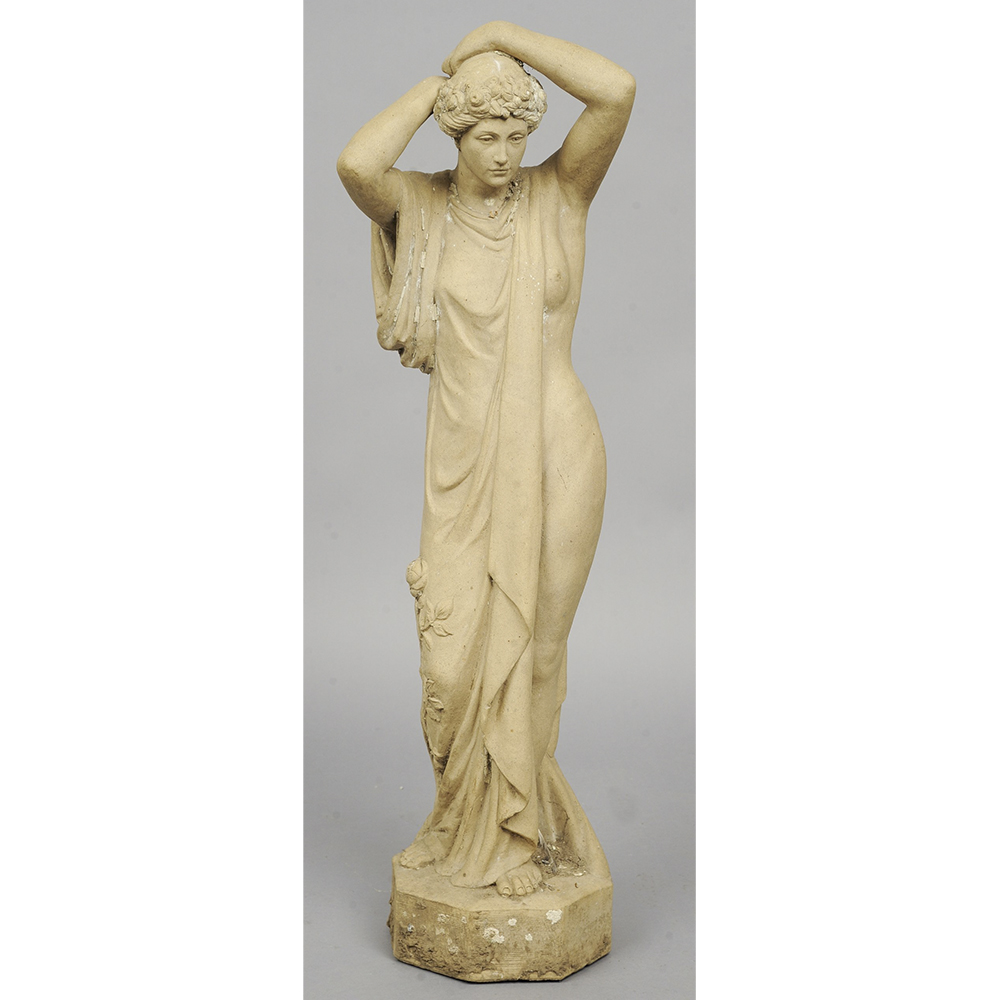
Doulton Lambeth Summer Statue
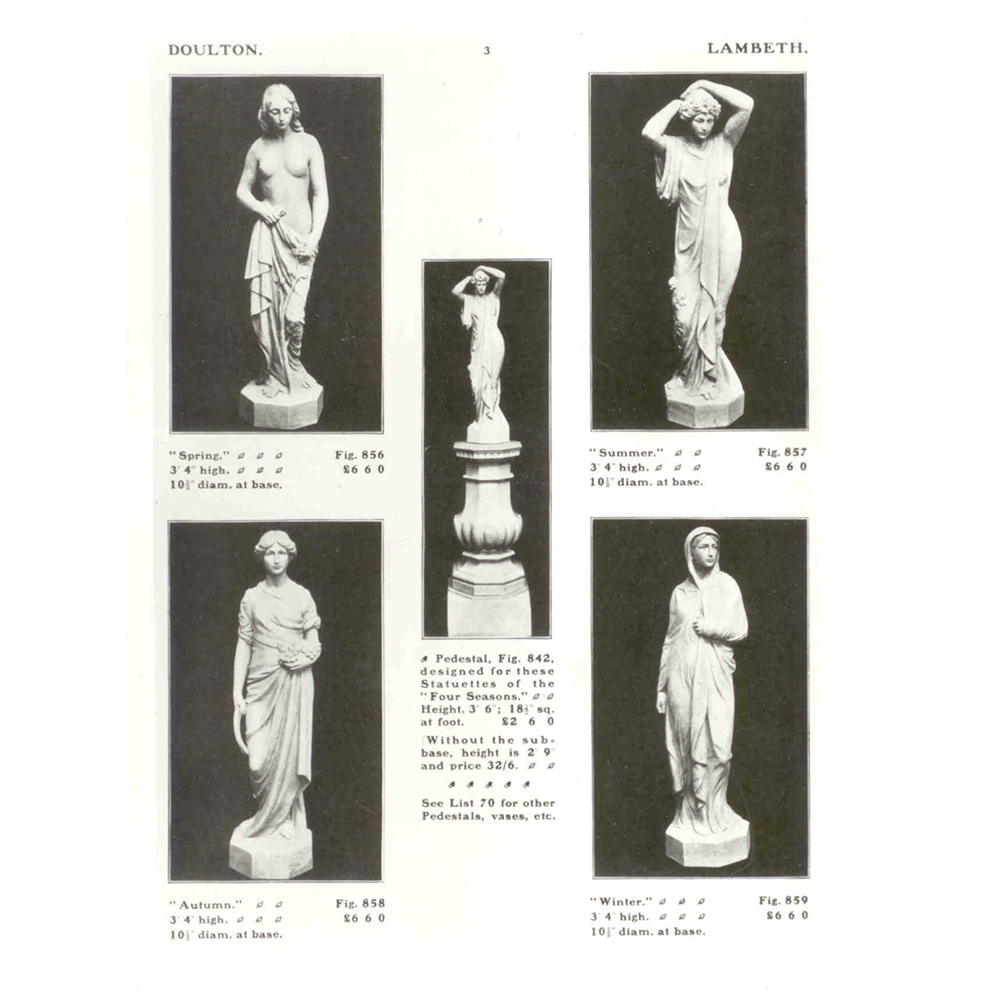
Doulton Lambeth Catalog of the Four Seasons
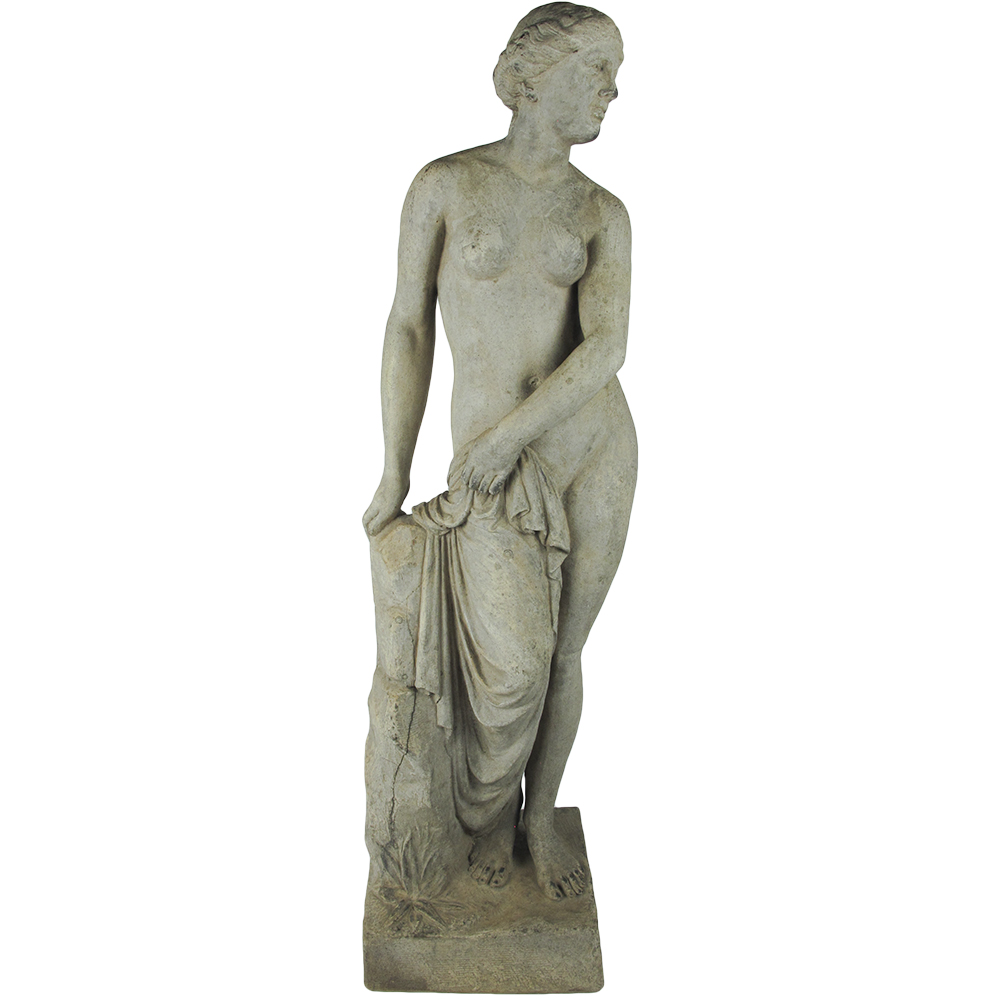
Doulton Lambeth Bather
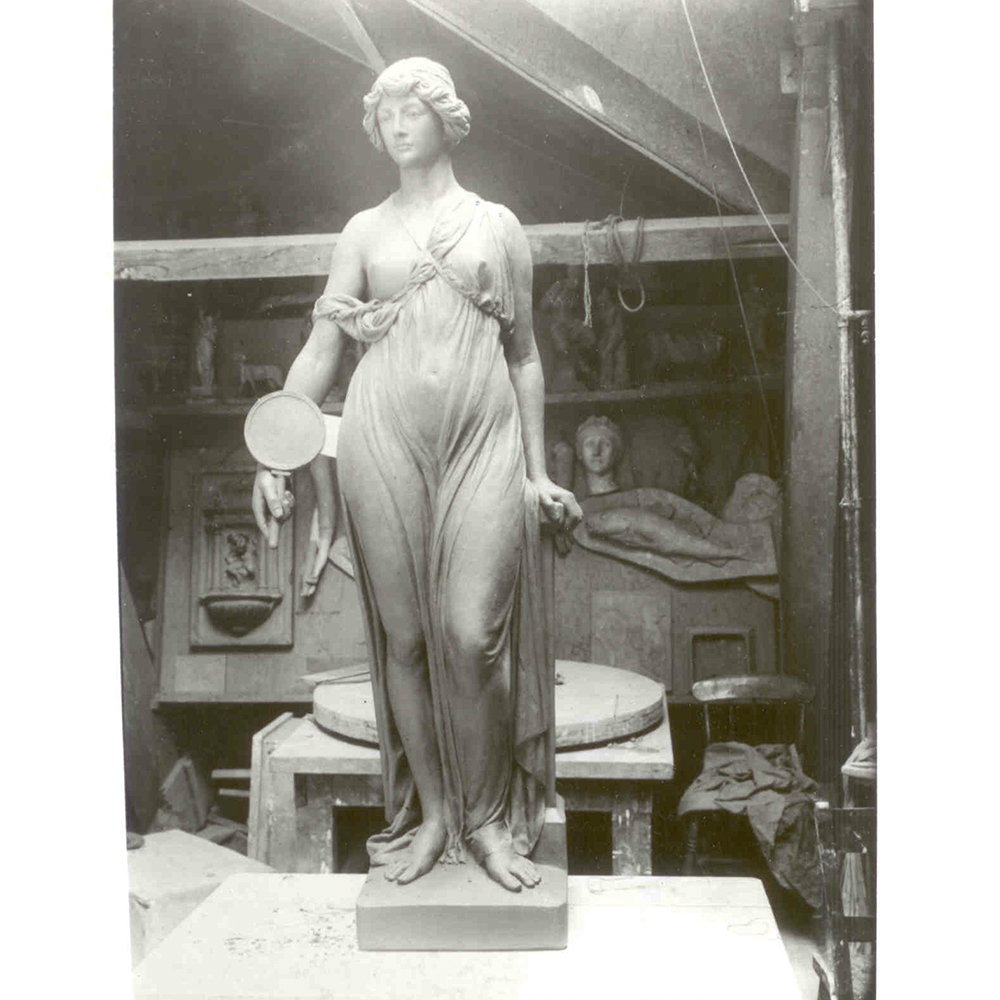
Doulton Lambeth Truth in John Broad’s Studio
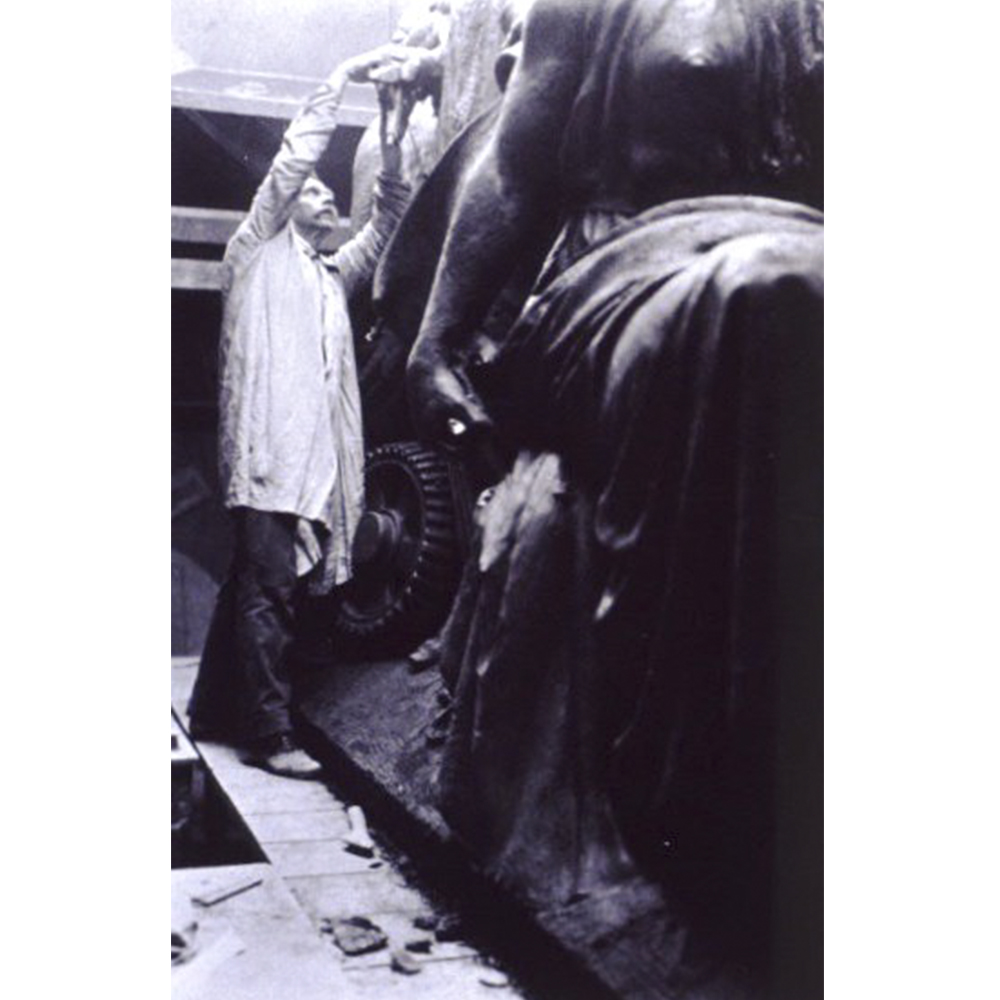
John Broad at work on a monumental sculpture
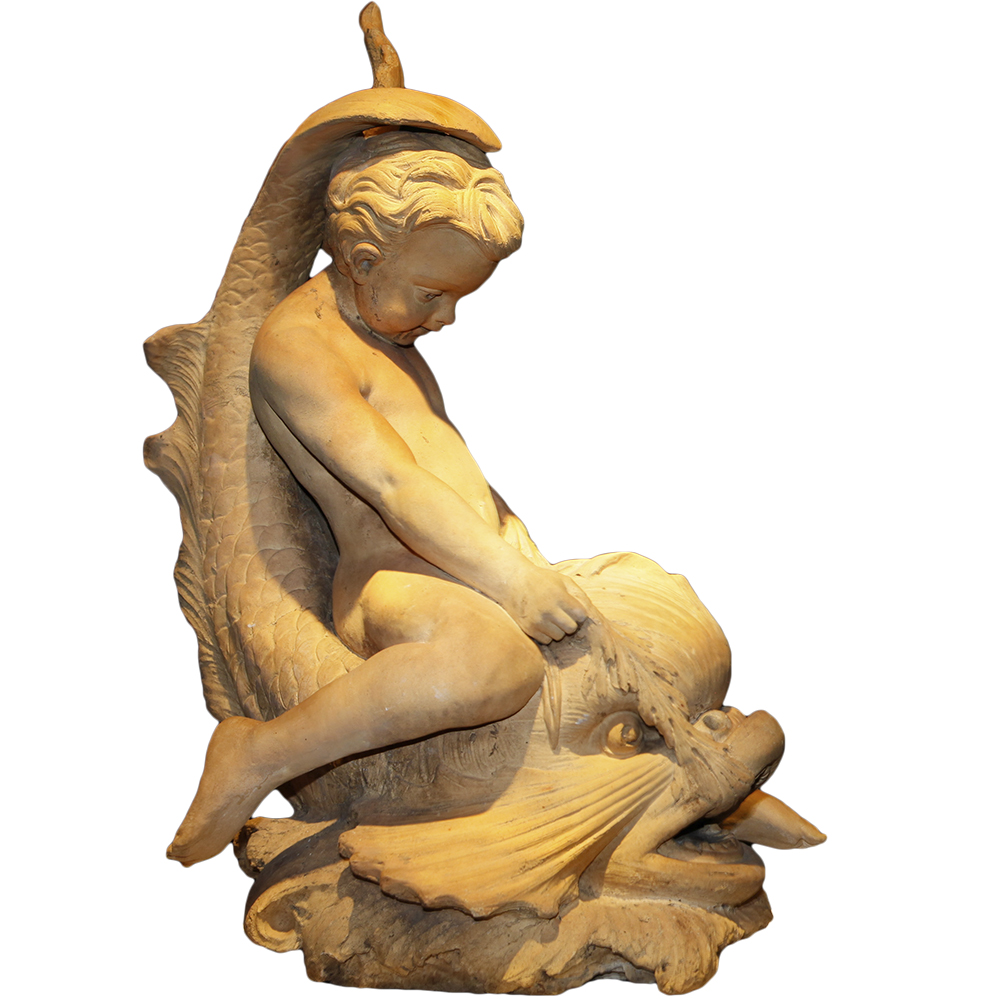
Doulton Lambeth Cupid on Dolphin
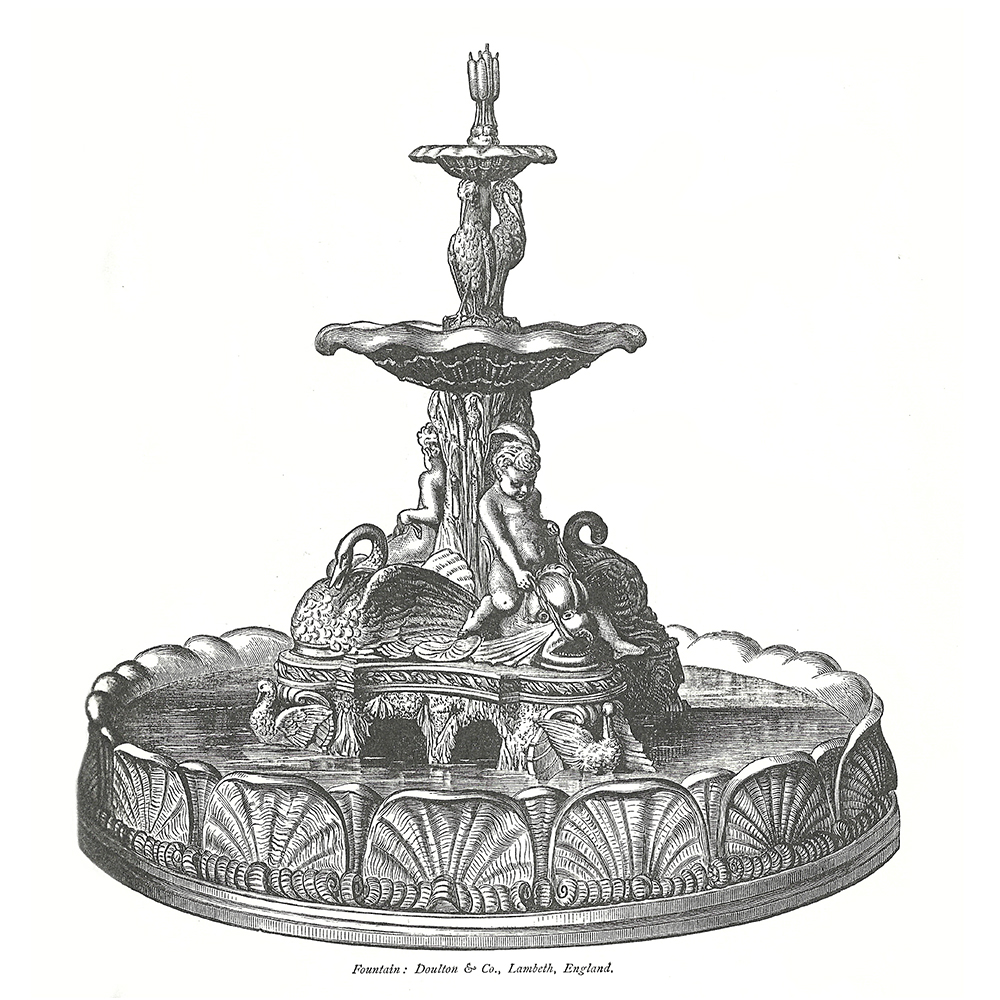
Doulton Lambeth Fountain by G. Tinworth
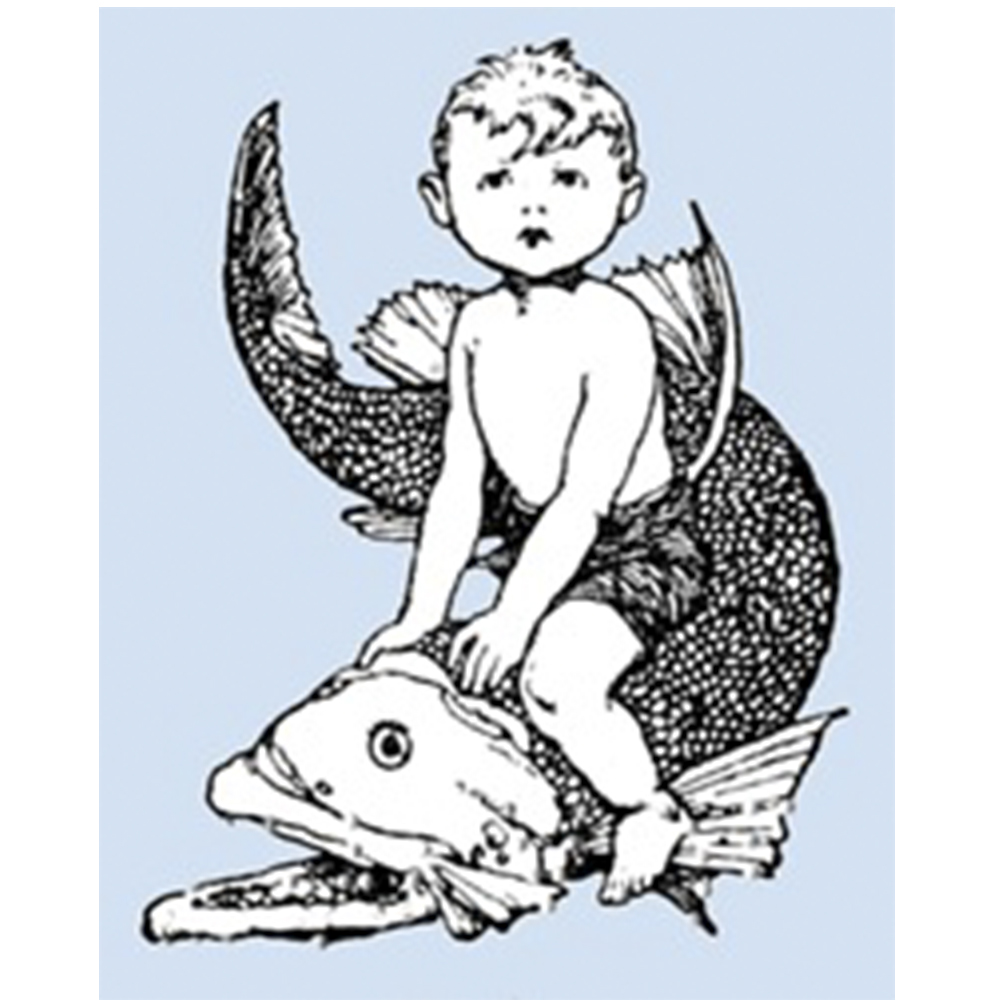
Water Baby by W.H. Robinson
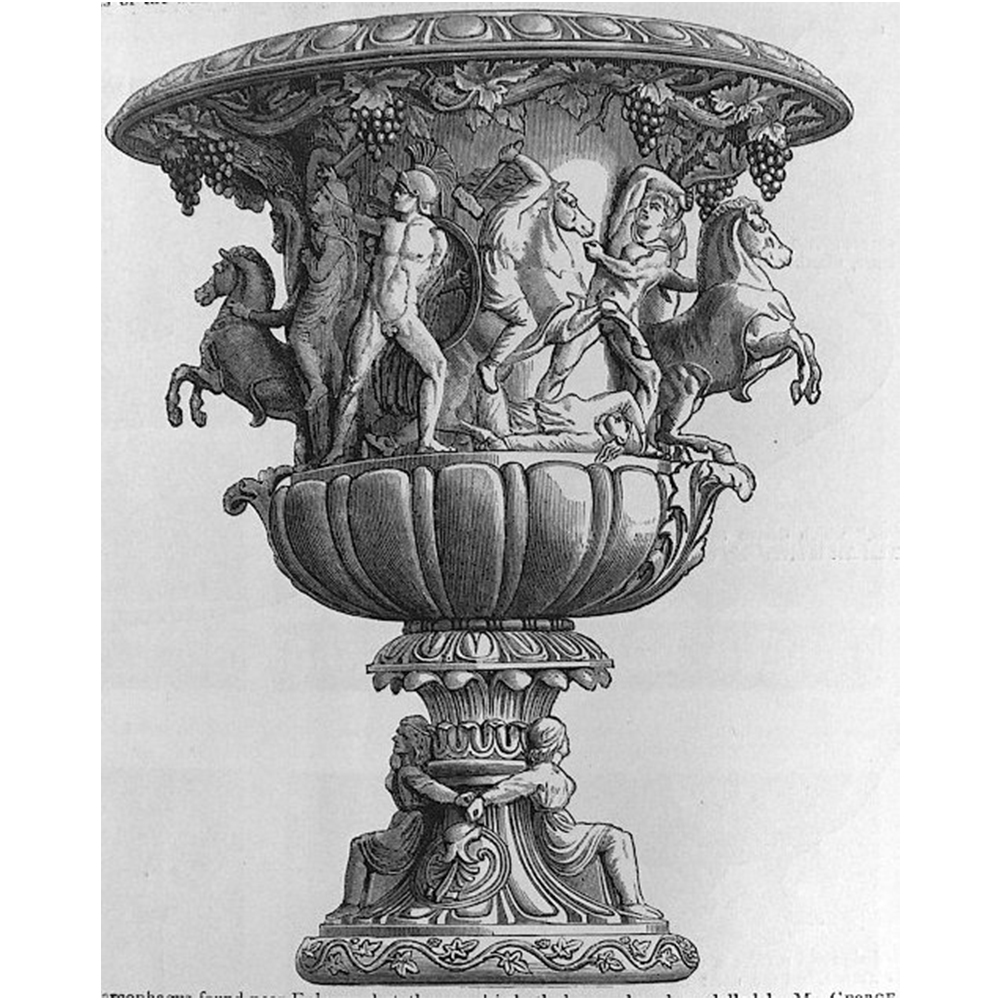
Doulton Lambeth Amazon Vase by G. Tinworth
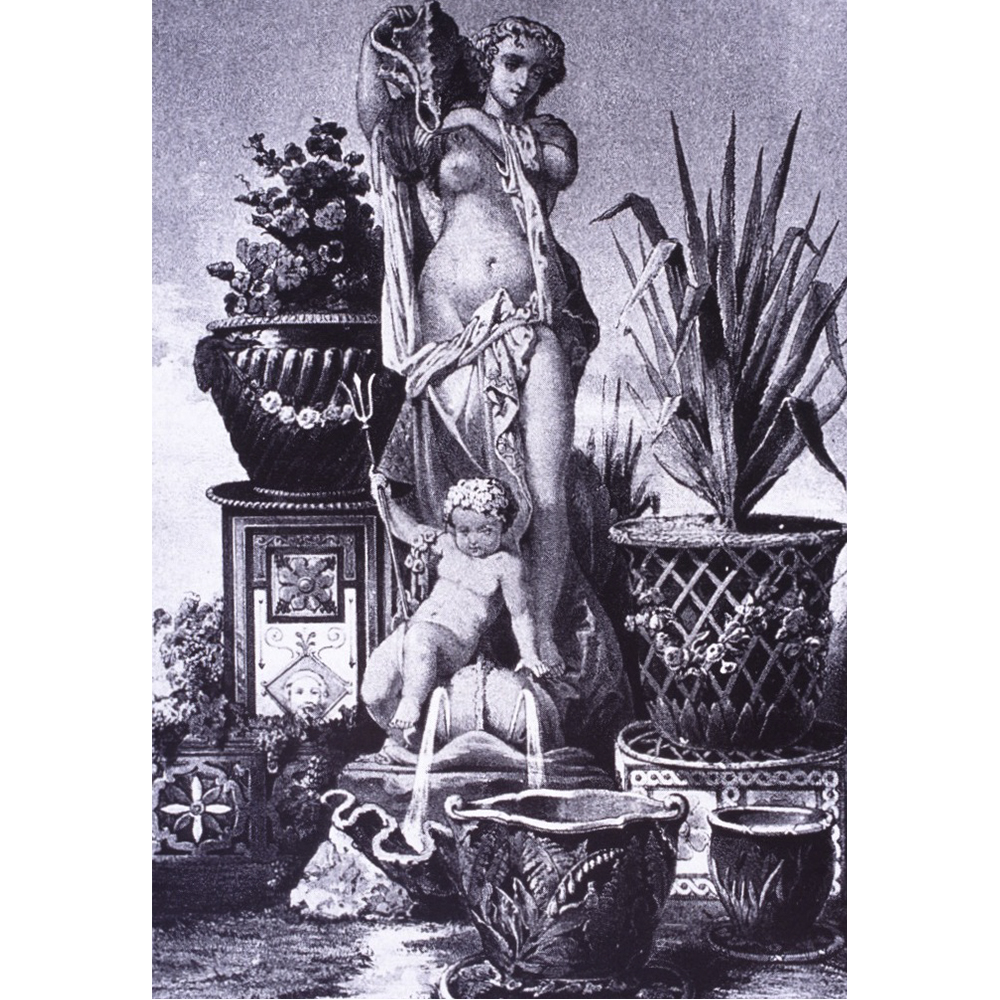
Minton Galatea Statue
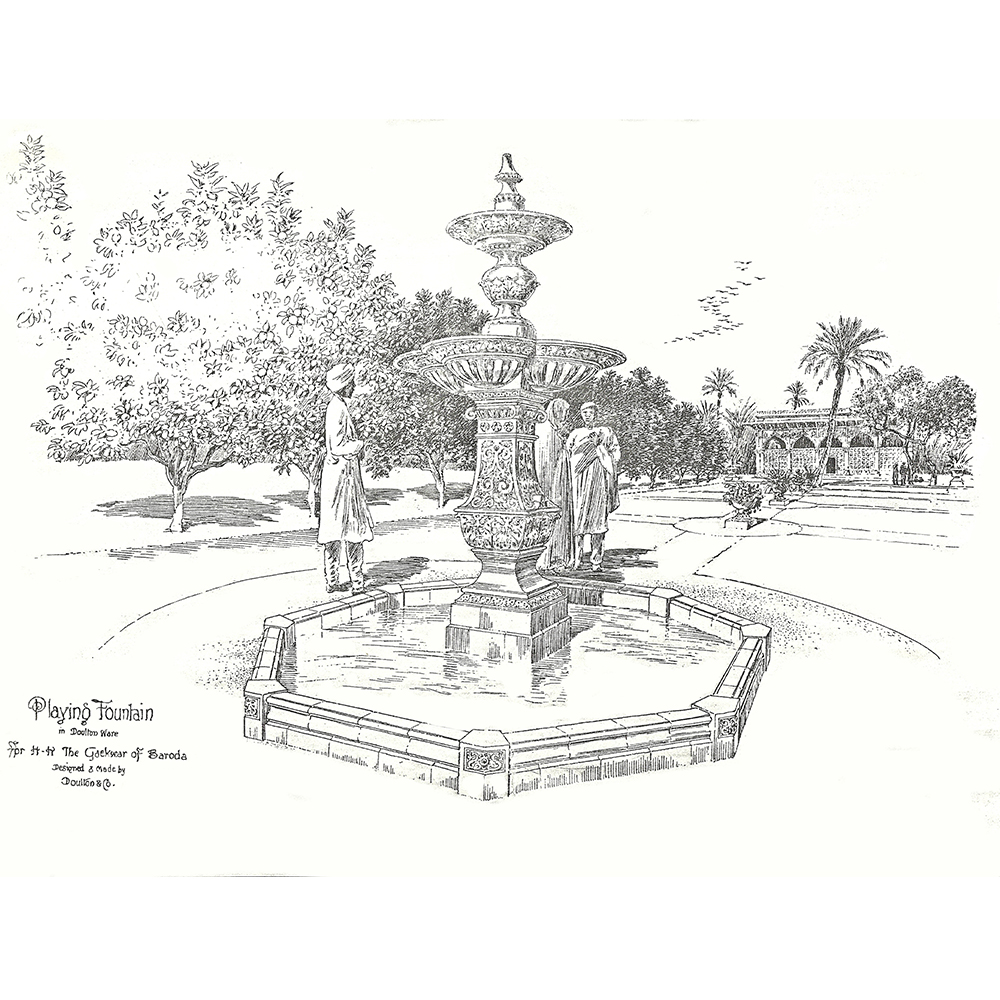
Doulton Stoneware Fountain in Baroda, India
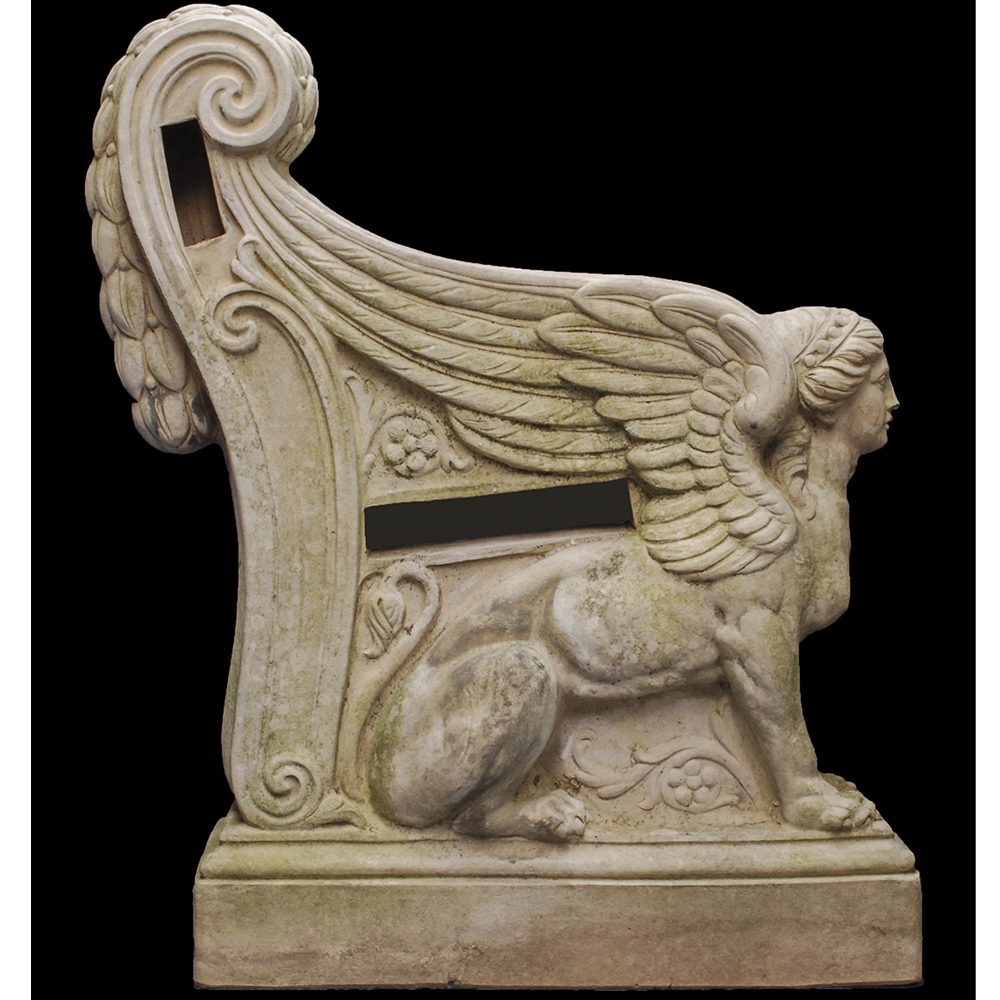
Doulton Sphinx Garden Bench
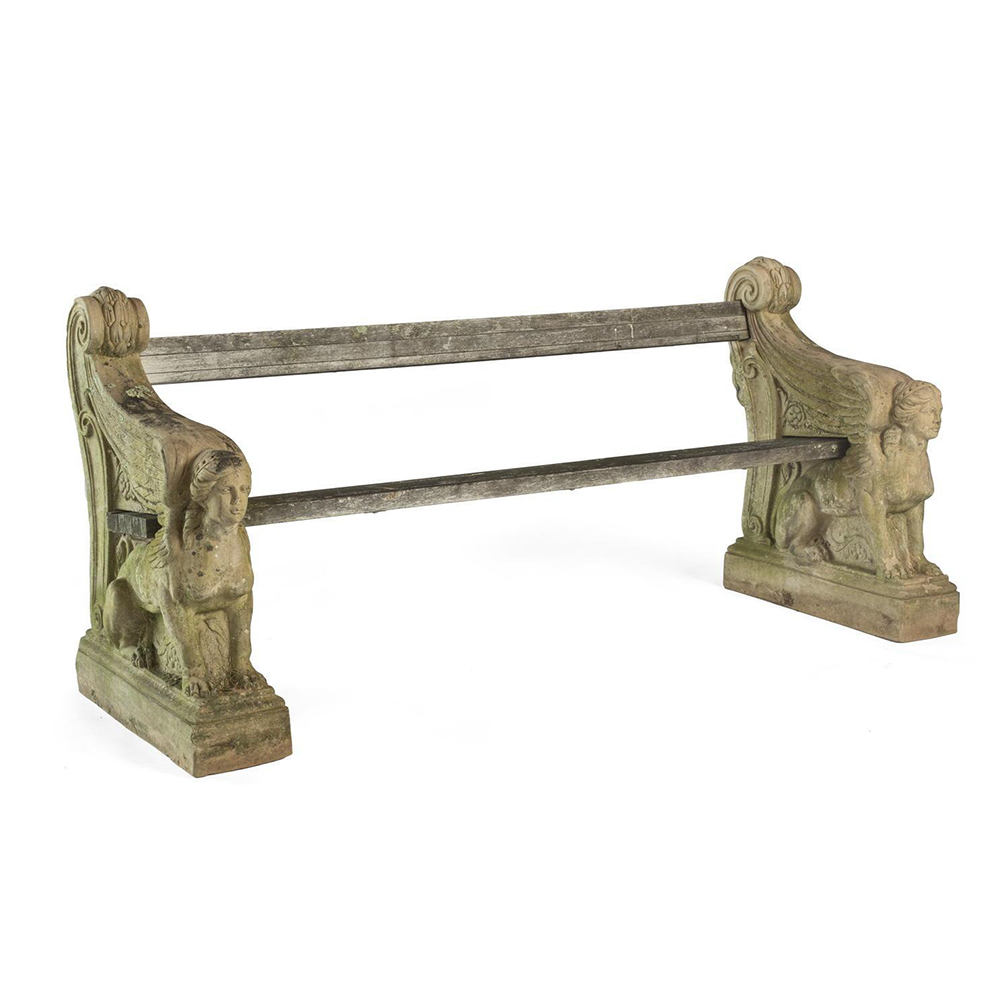
Doulton Sphinx Garden Bench
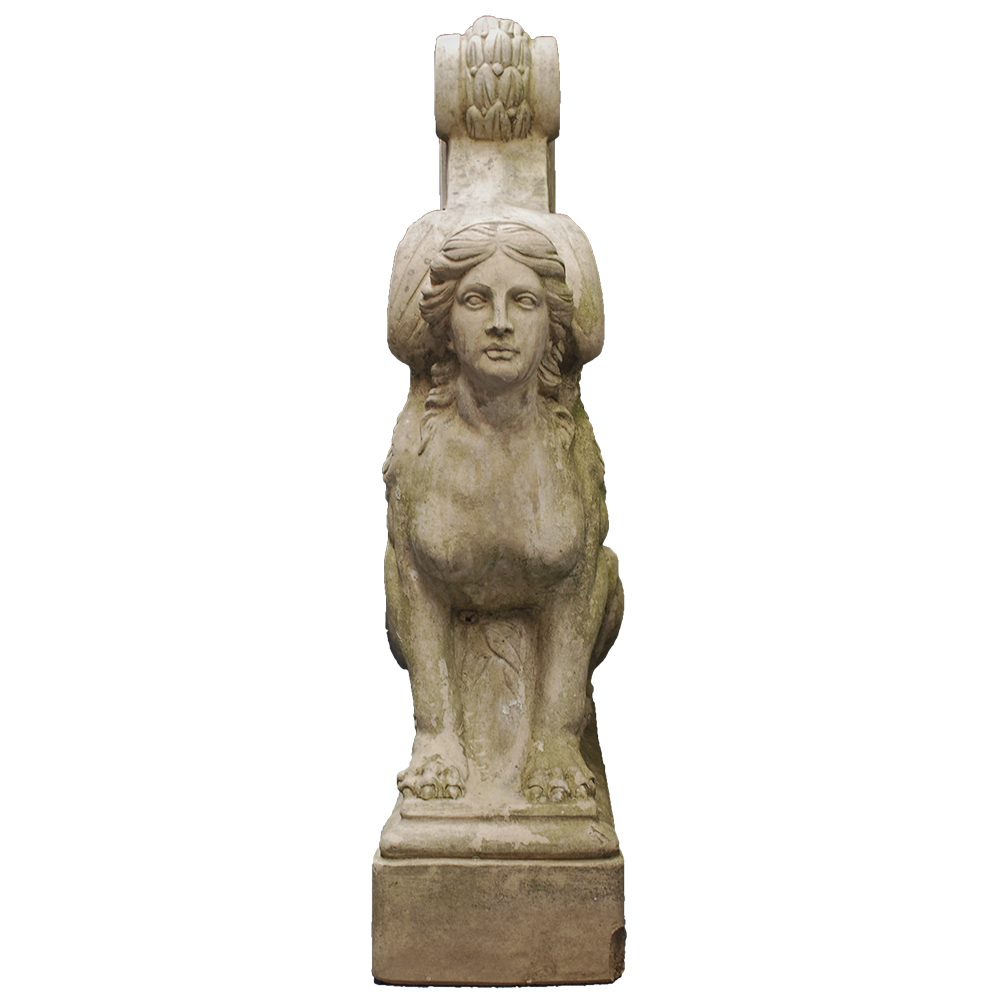
Doulton Sphinx Garden Bench
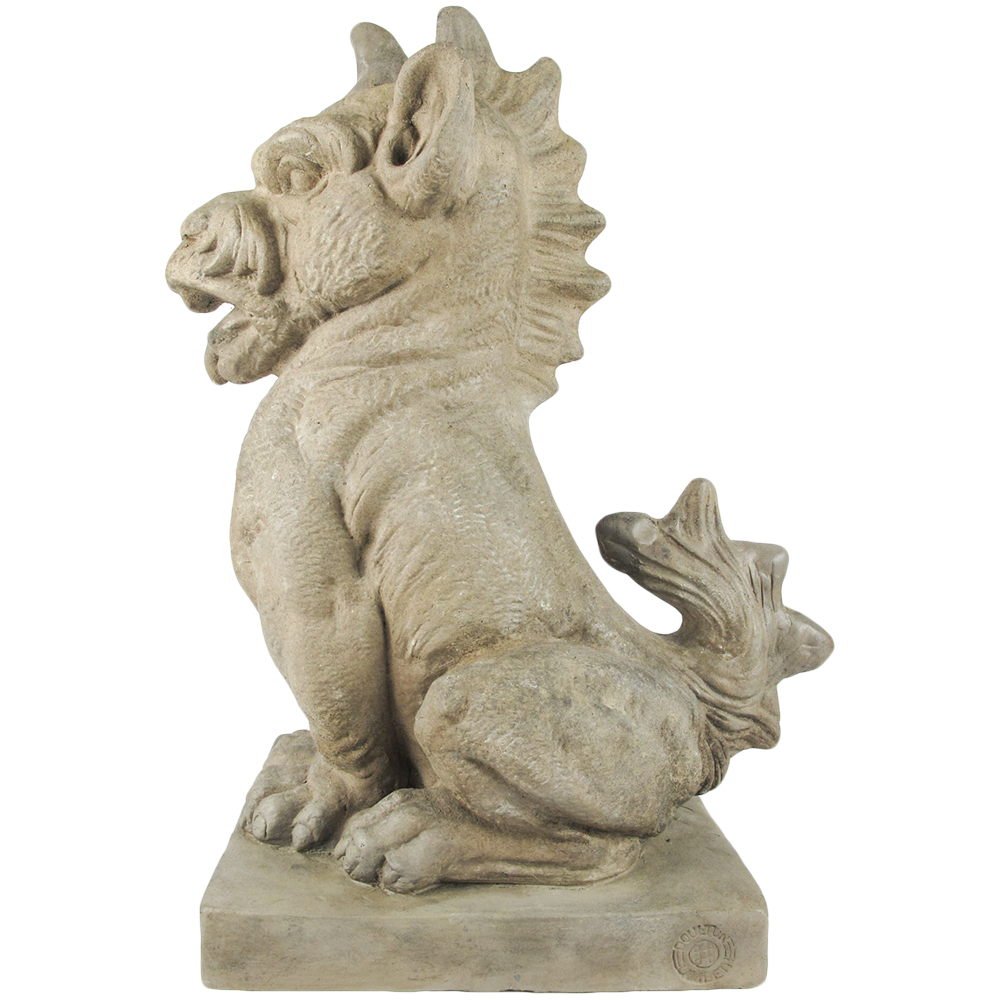
Doulton Garden Ornament
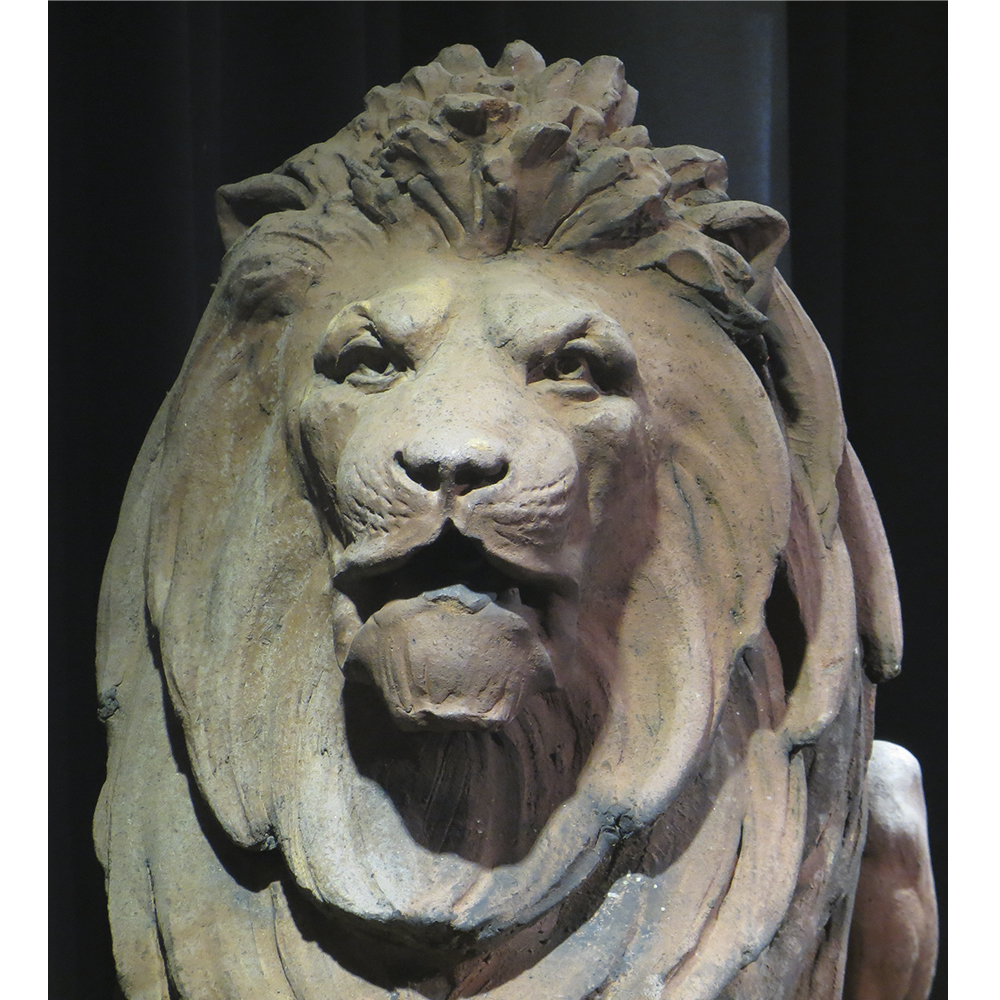
Doulton Lion at WMODA
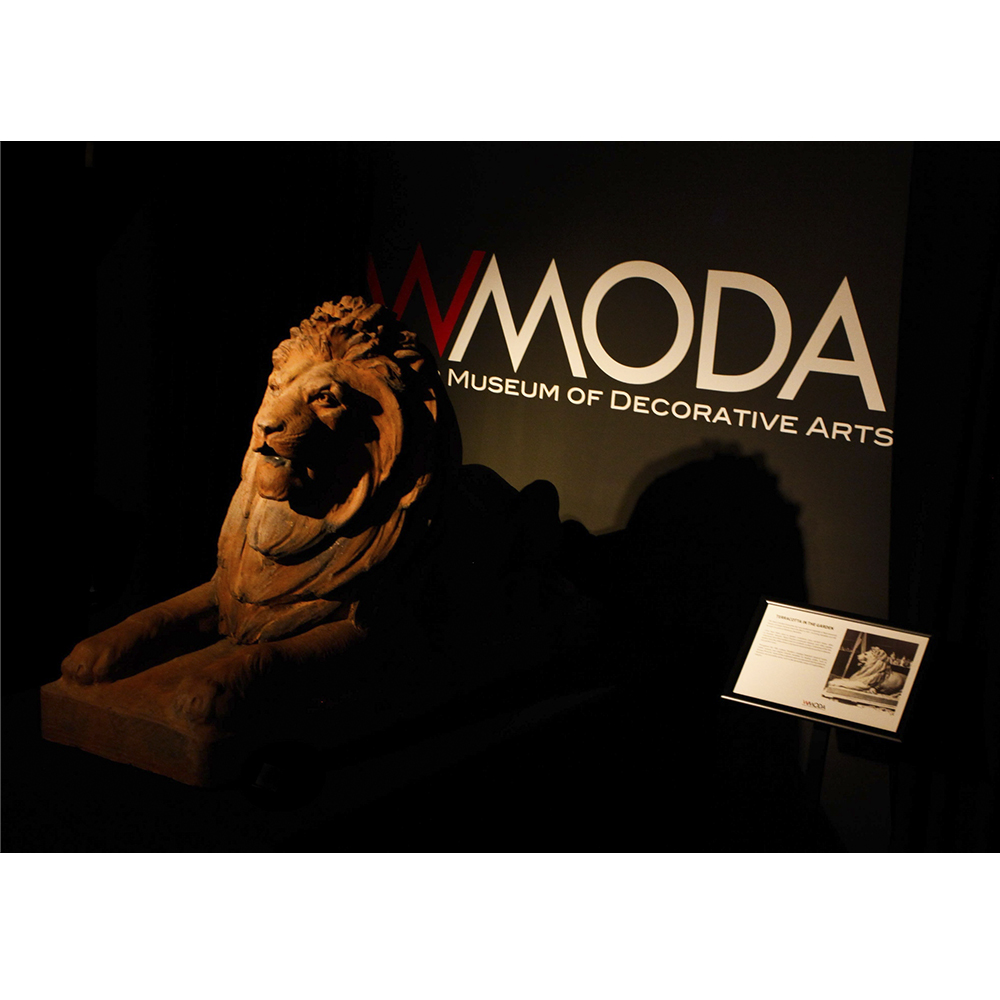
Doulton Lambeth Lion at WMODA
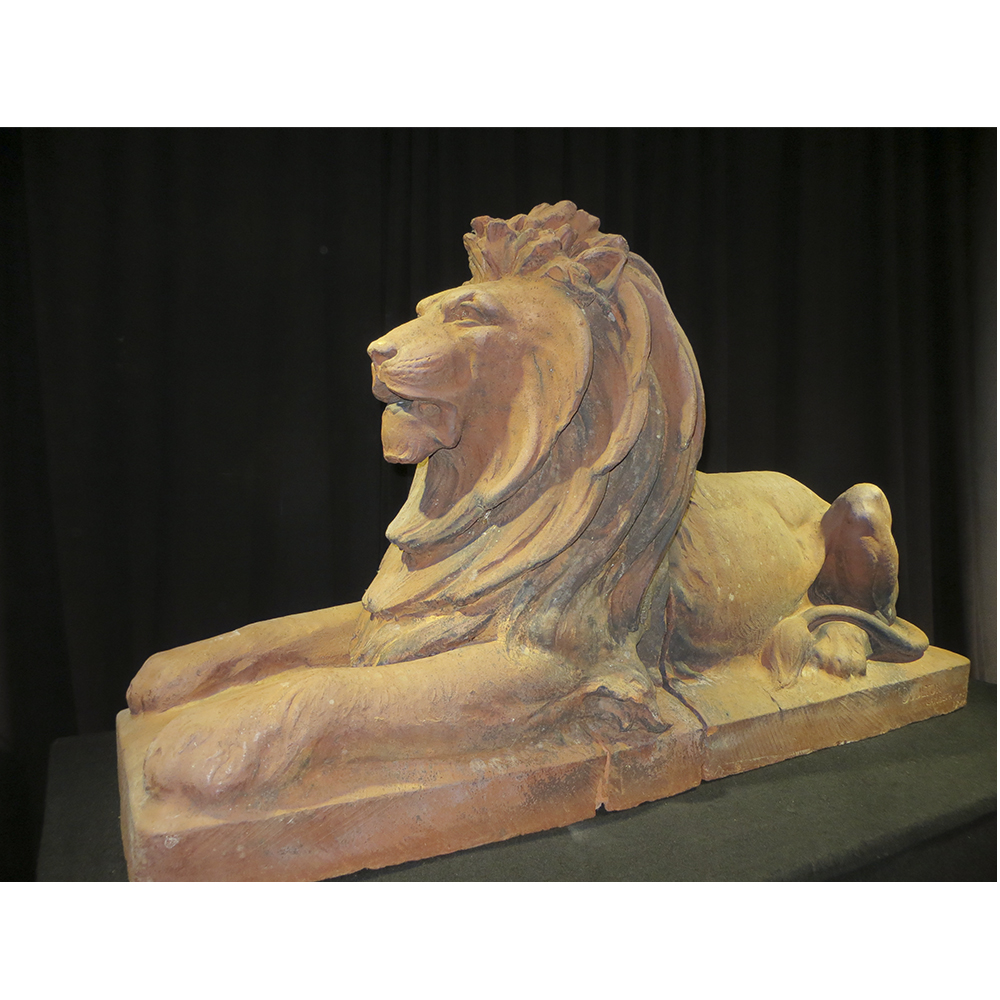
Doulton Lambeth Lion
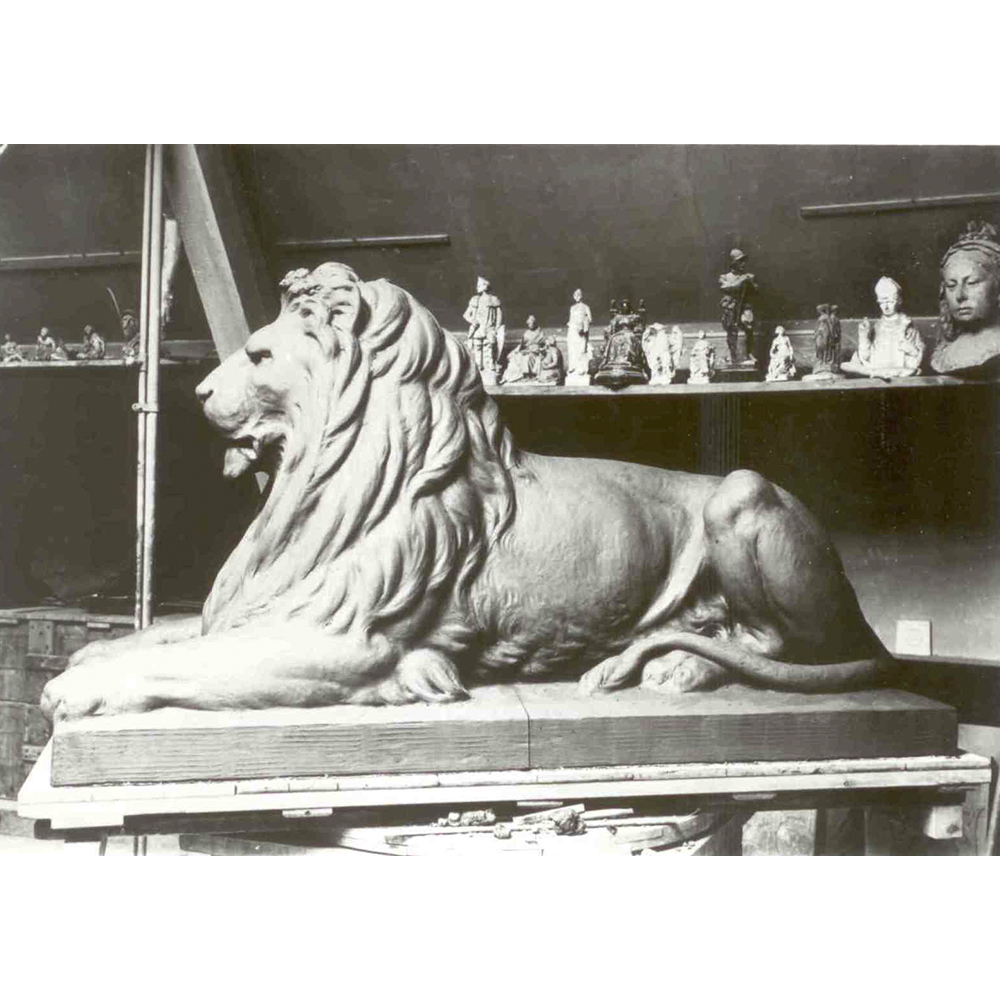
Doulton Lion in John Broad’s Lambeth Studio
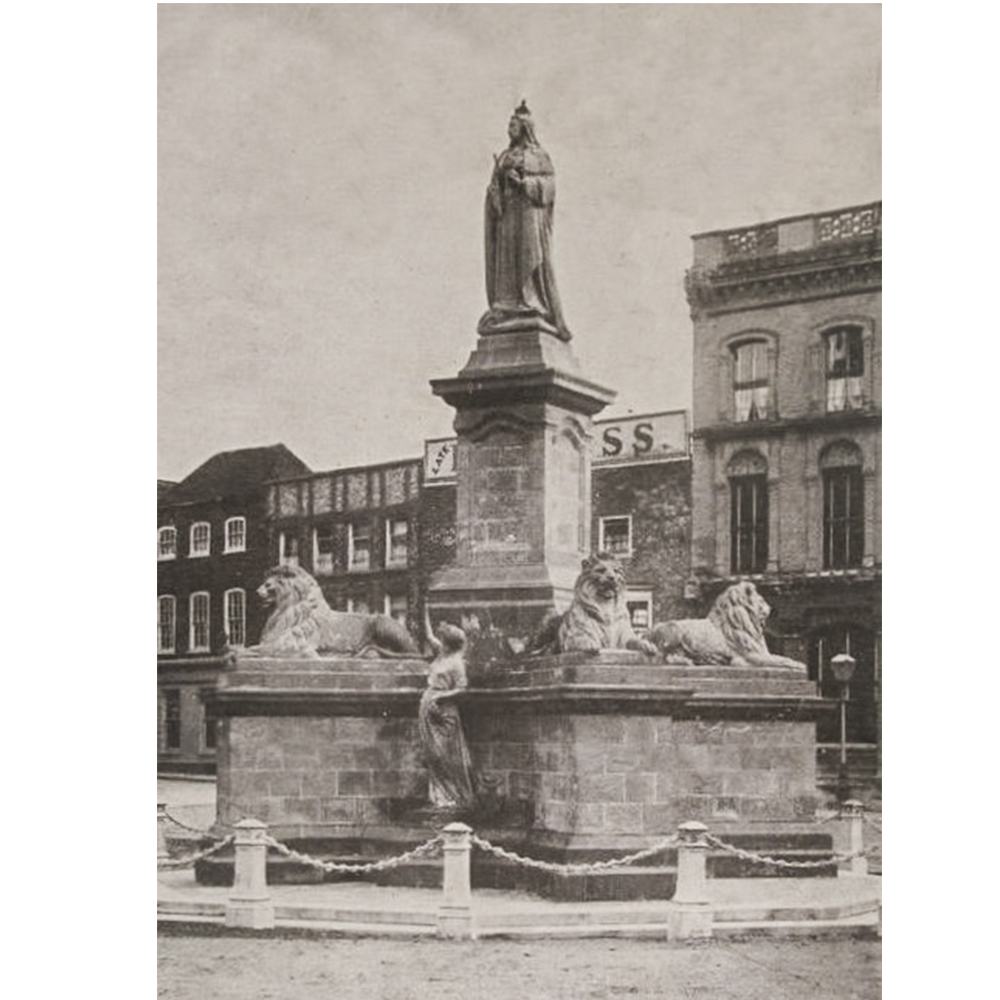
Queen Victoria Memorial Newbury, Berkshire
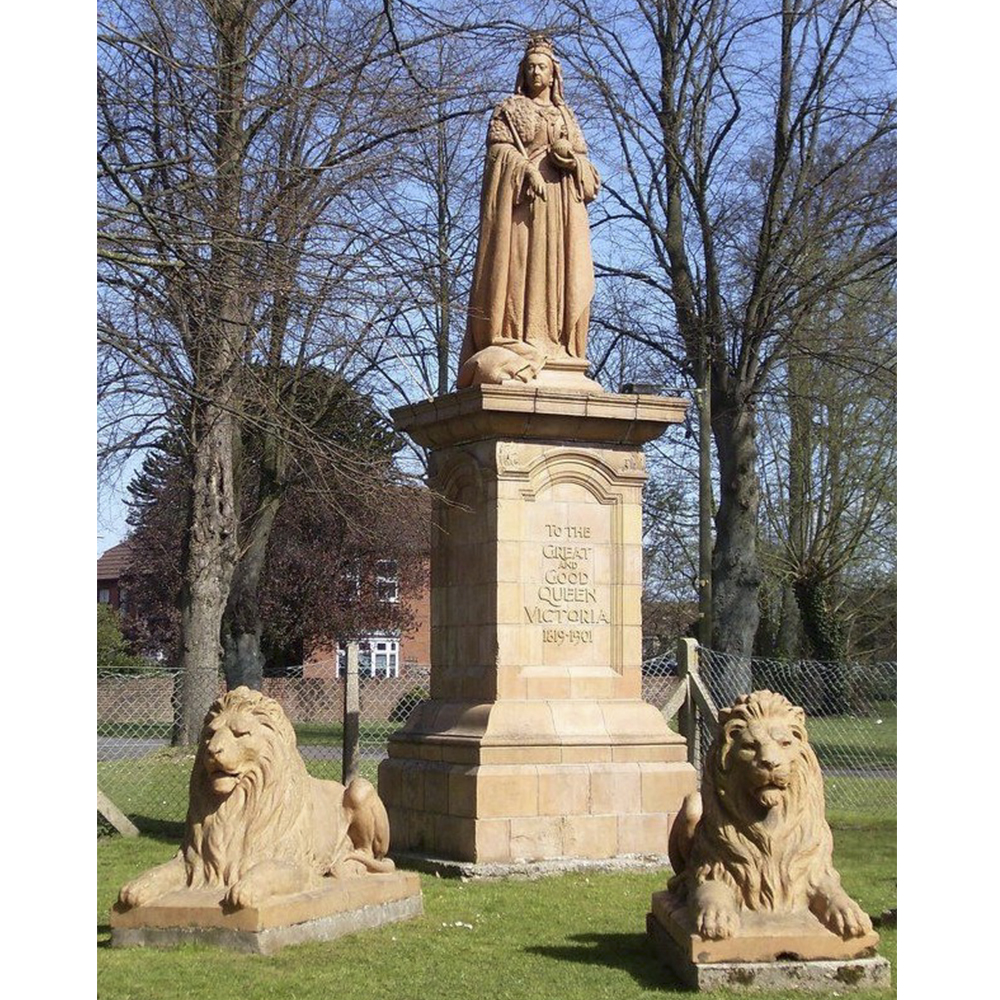
Queen Victoria Memorial Newbury, Berkshire
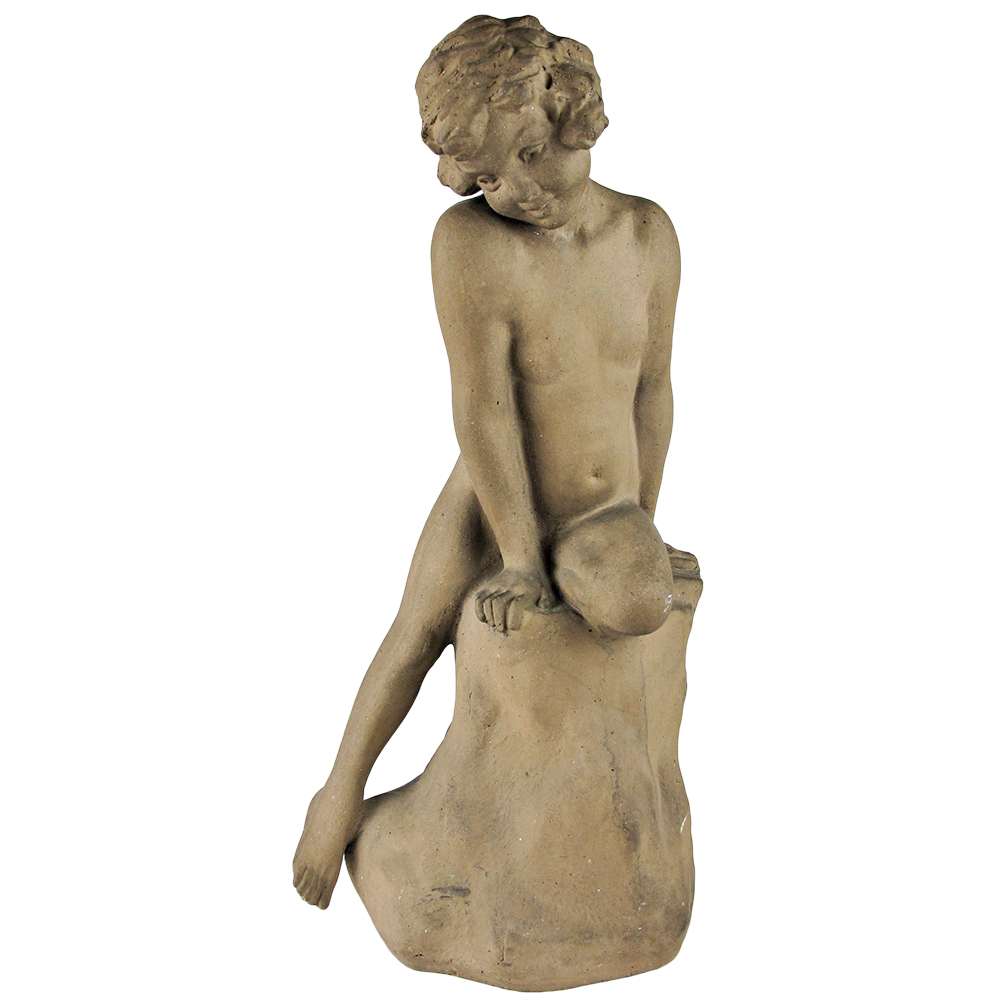
Doulton Lambeth Reflections
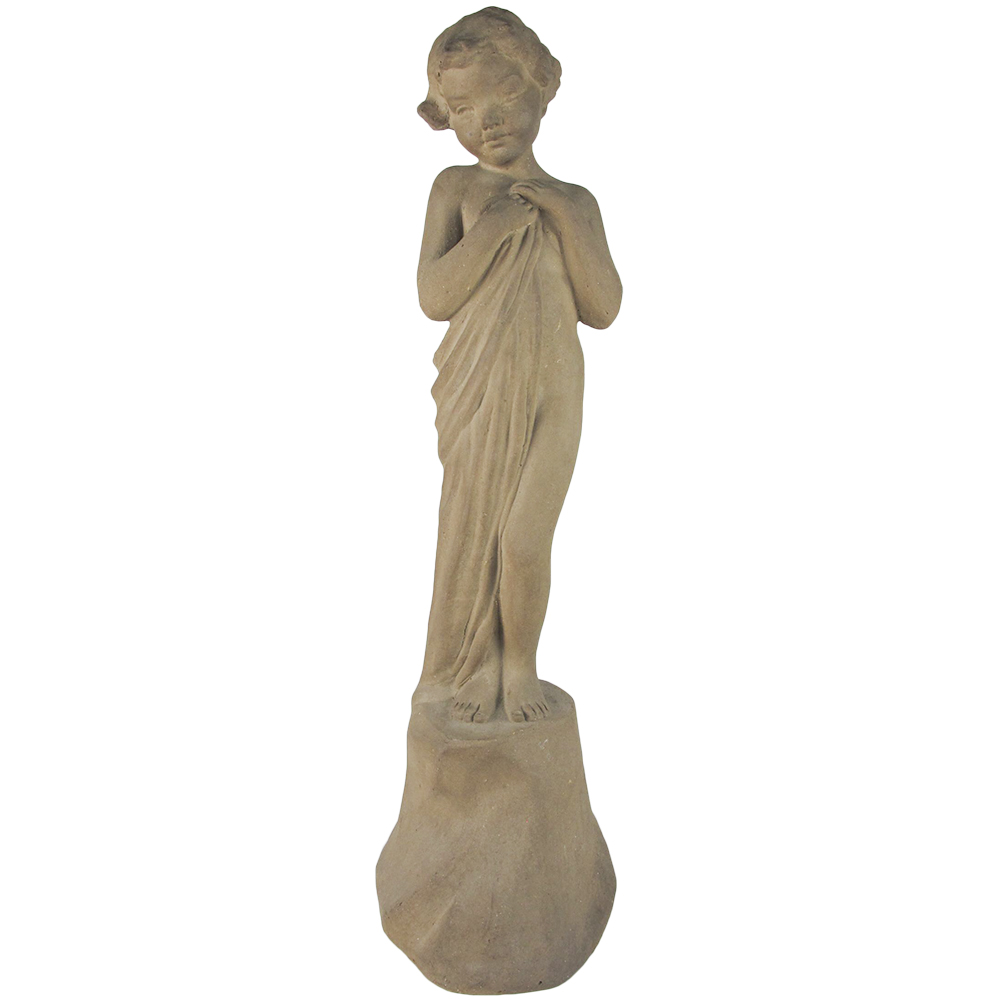
Doulton Lambeth Child on a Rock
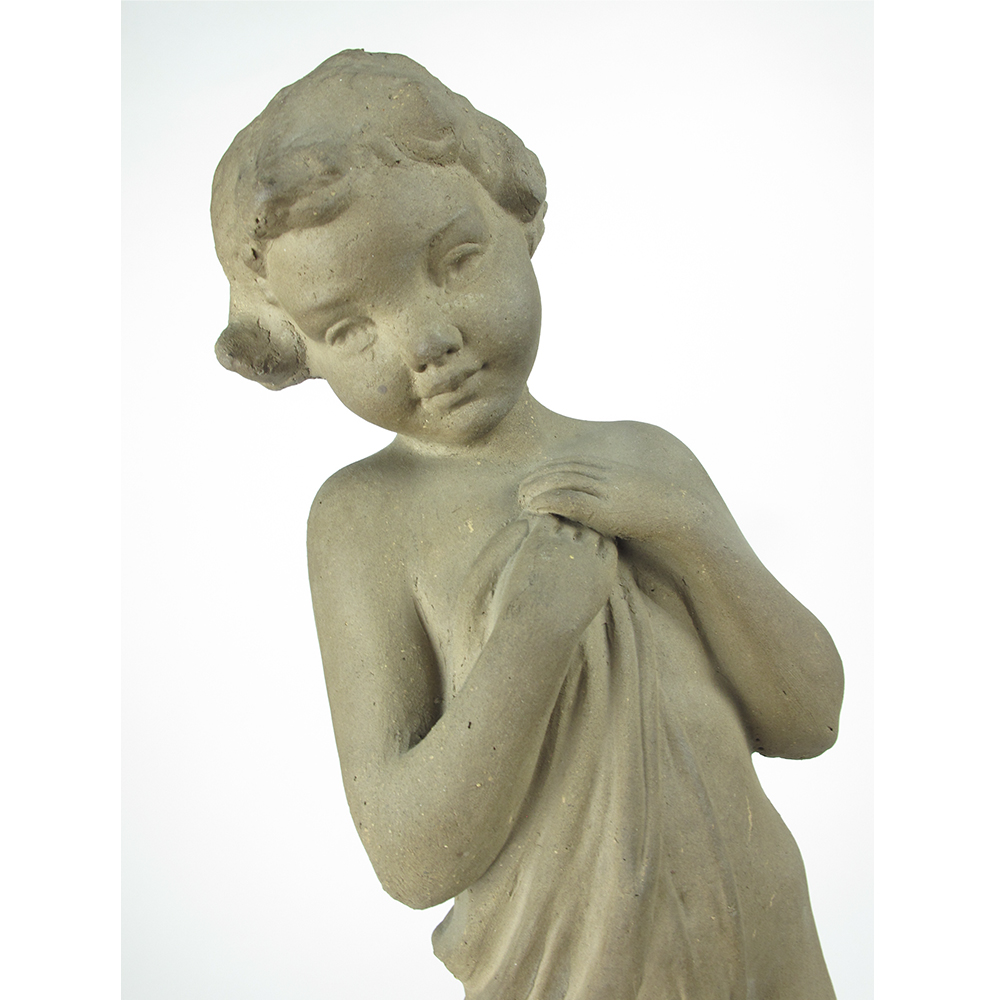
Doulton Lambeth Child on a Rock detail
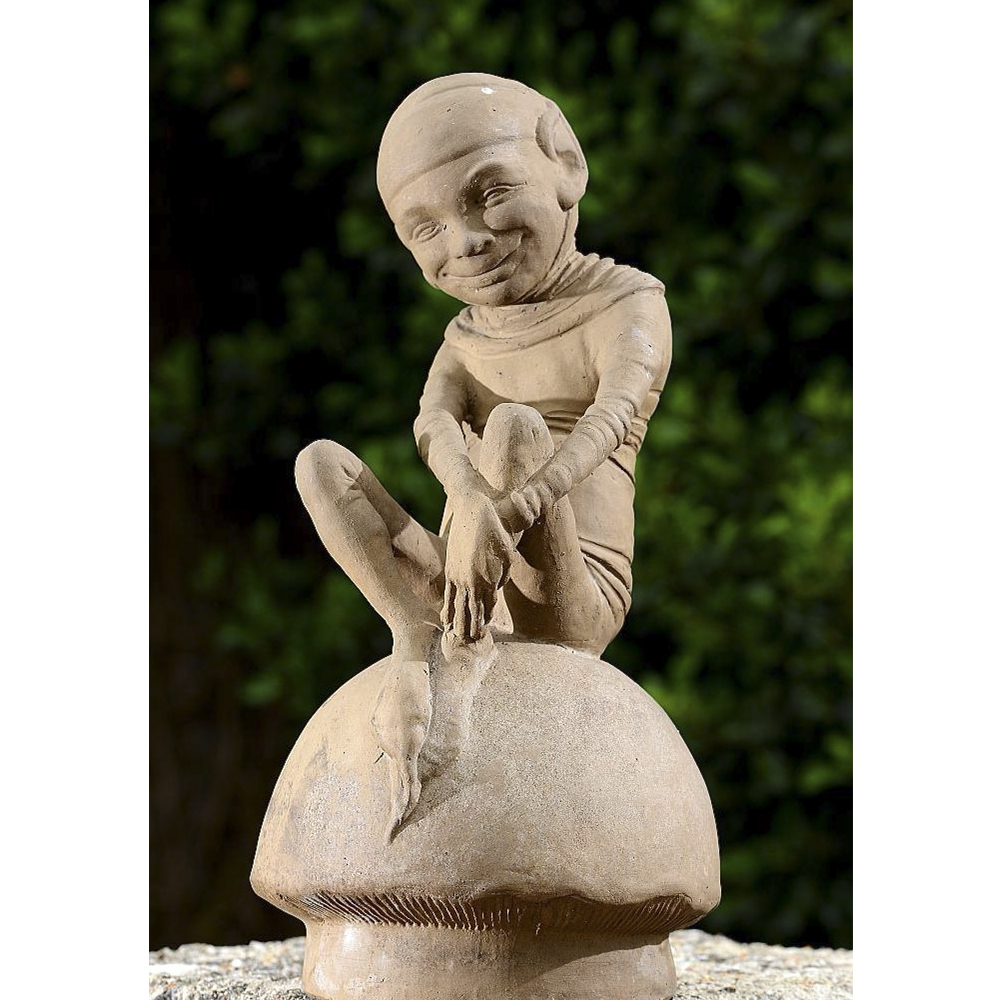
Doulton Lambeth Elf
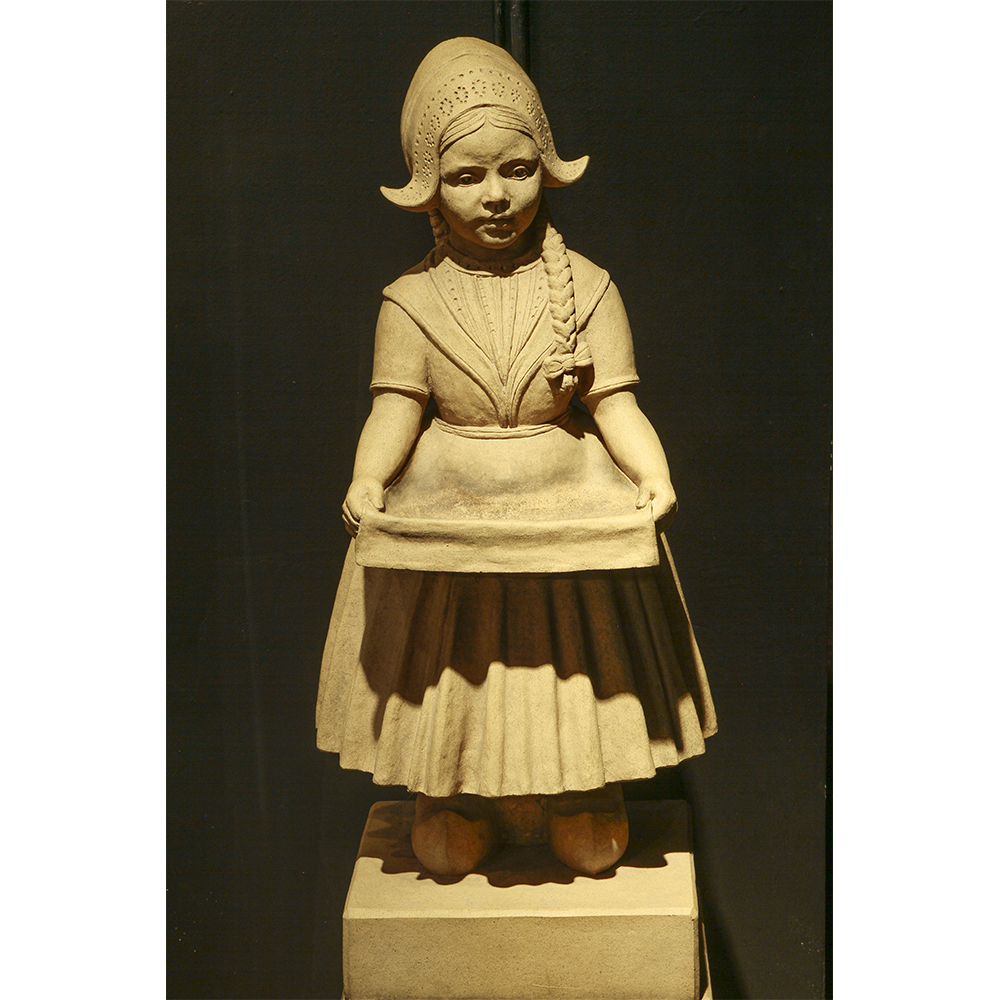
Doulton Lambeth Dutch Girl
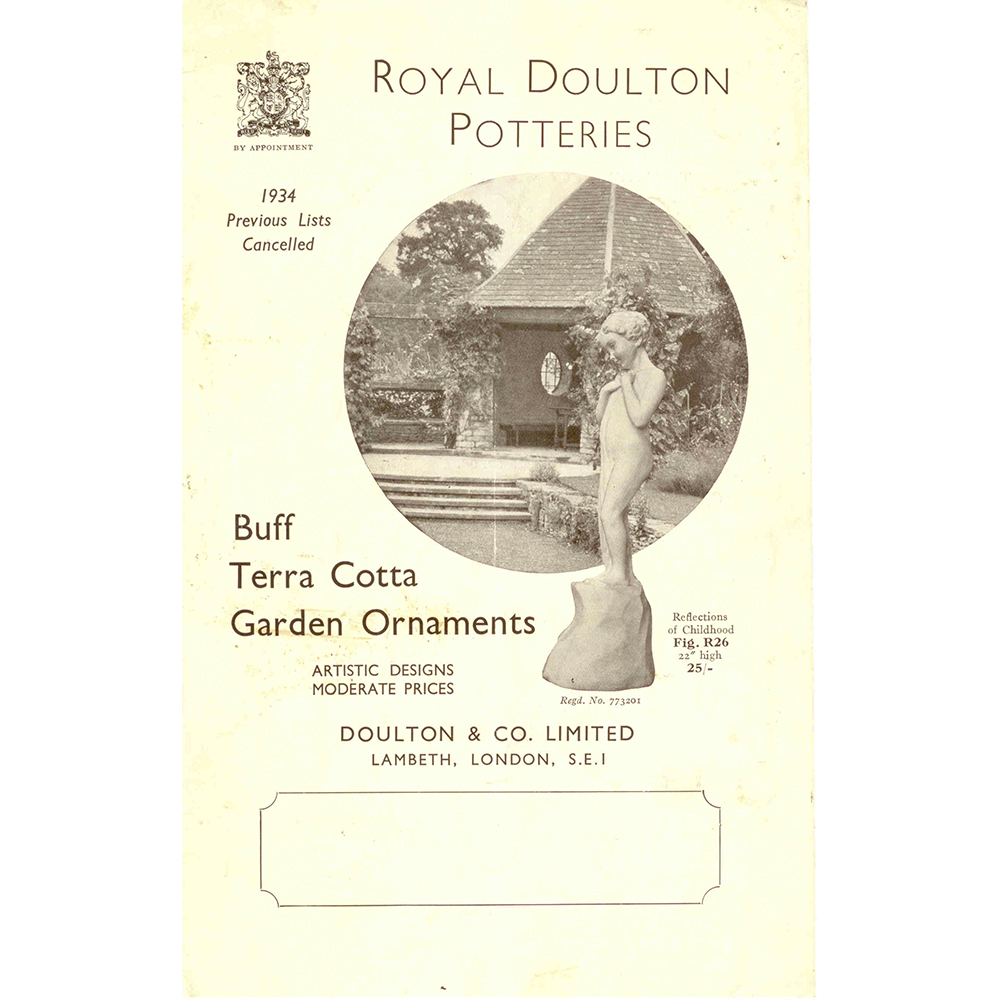
Royal Doulton Garden Ornaments Catalog
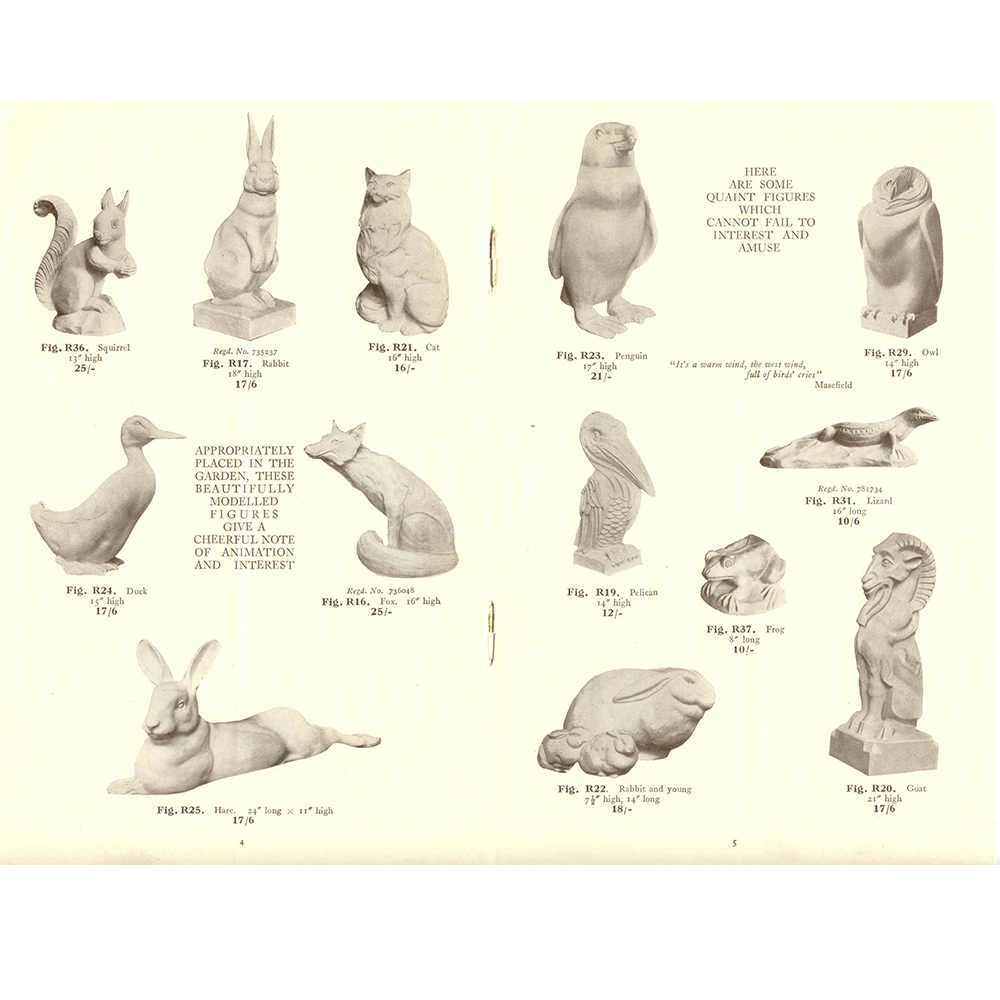
Royal Doulton Garden Ornaments Catalog
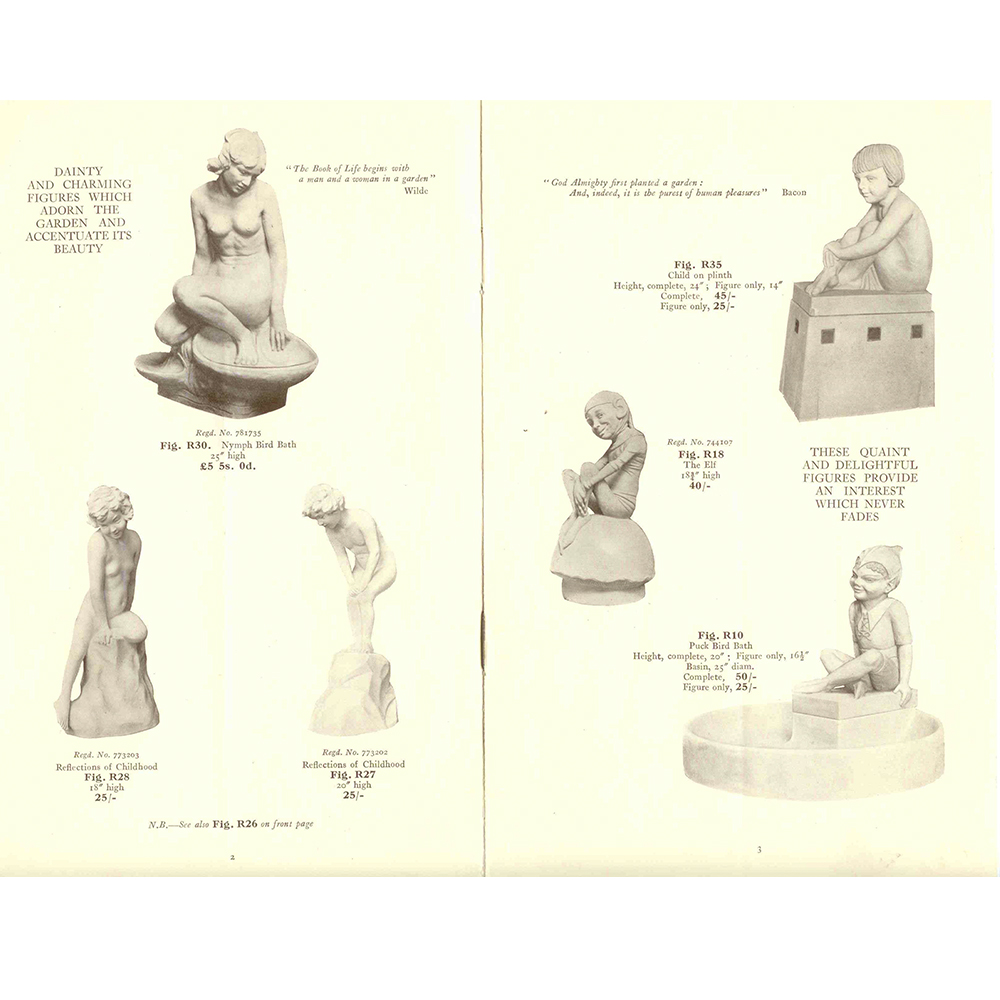
Royal Doulton Garden Ornaments Catalog
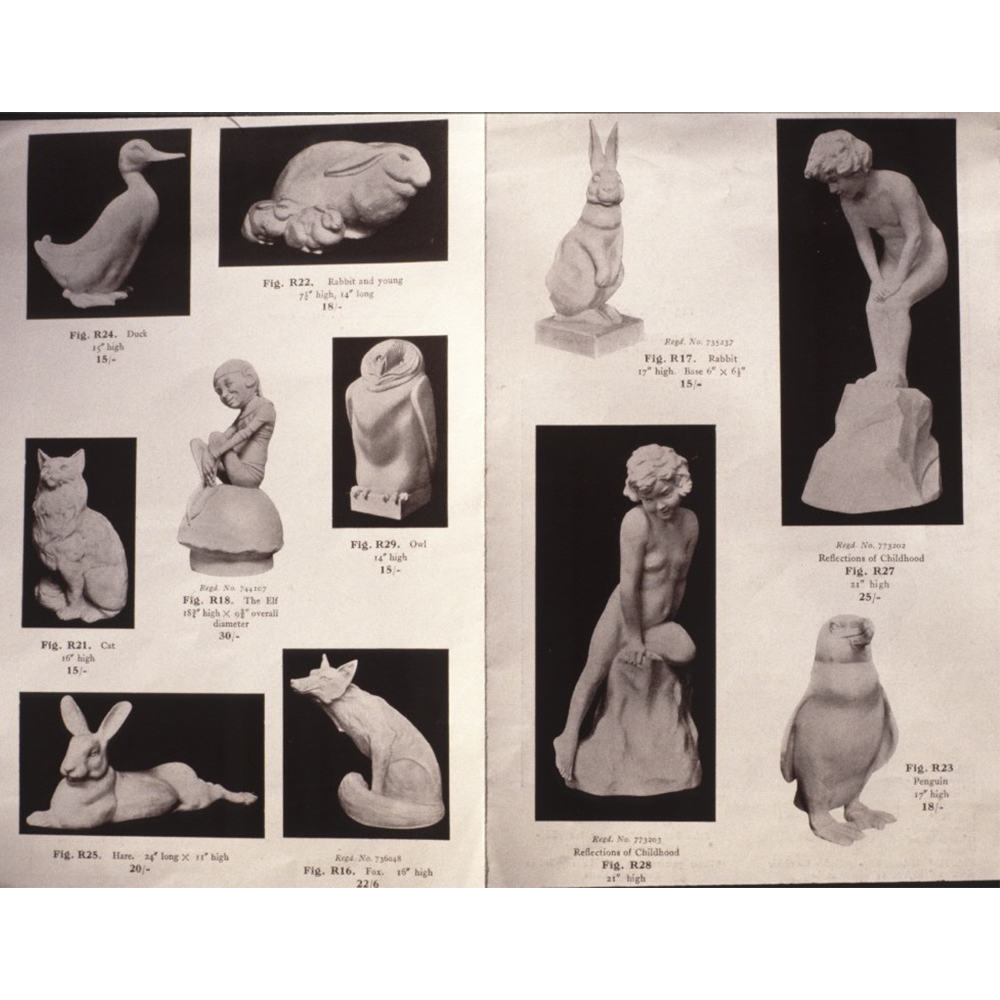
Royal Doulton Garden Ornaments Catalog
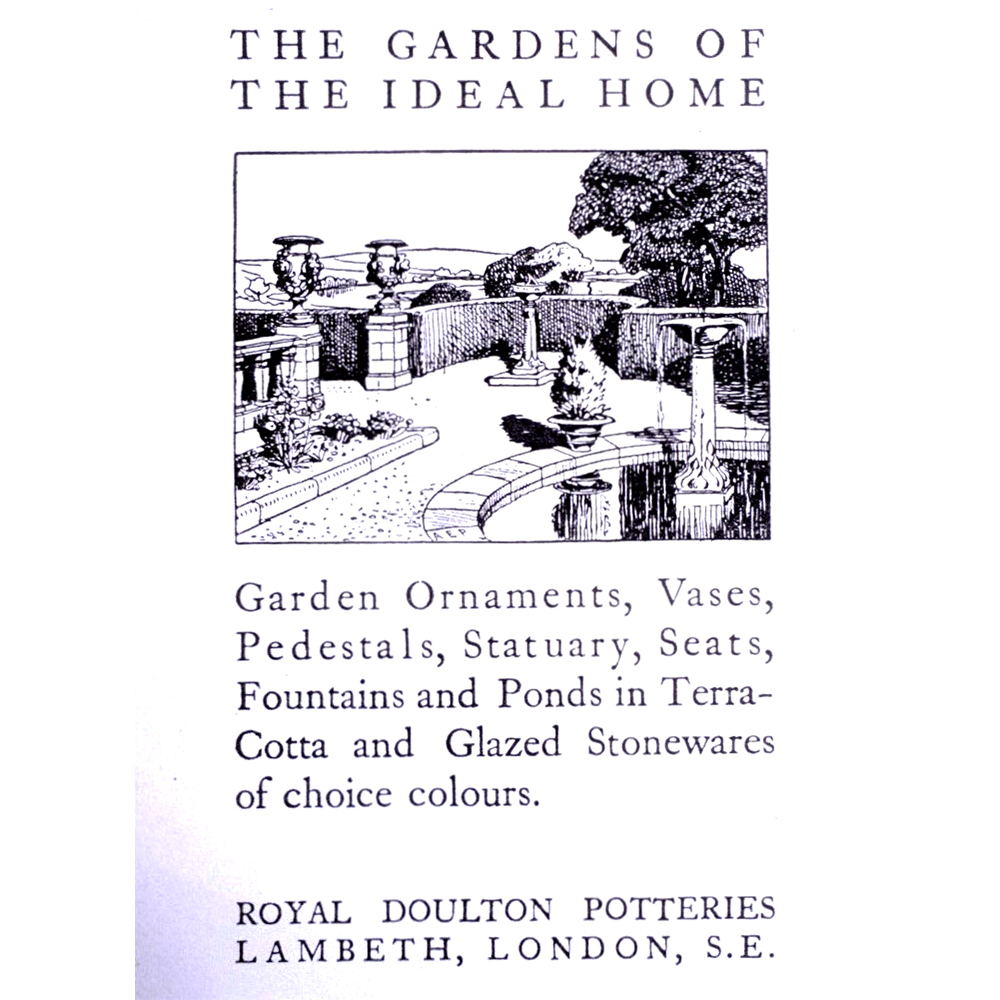
Royal Doulton Ideal Home Ad
